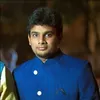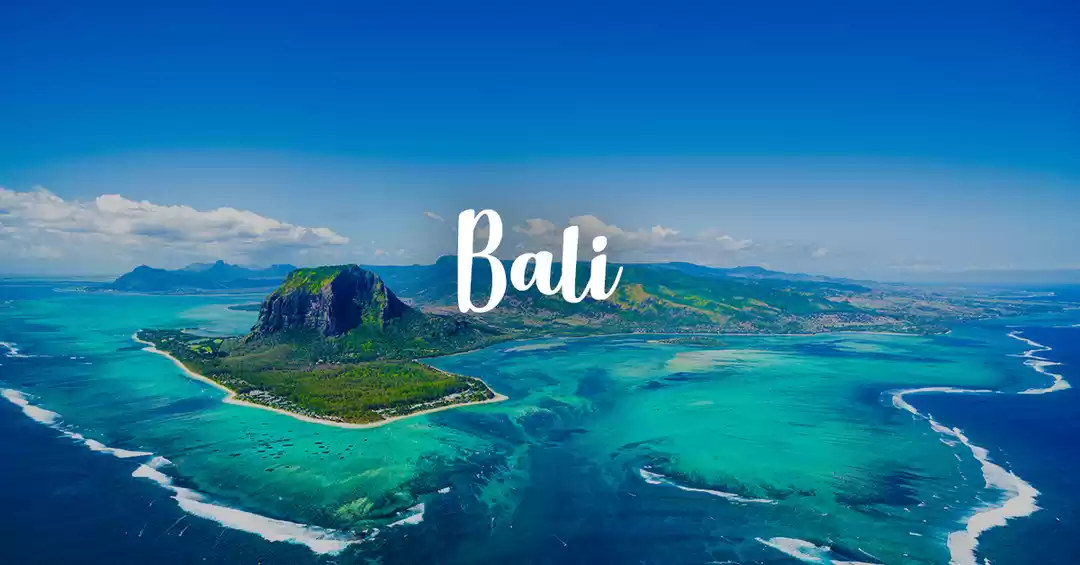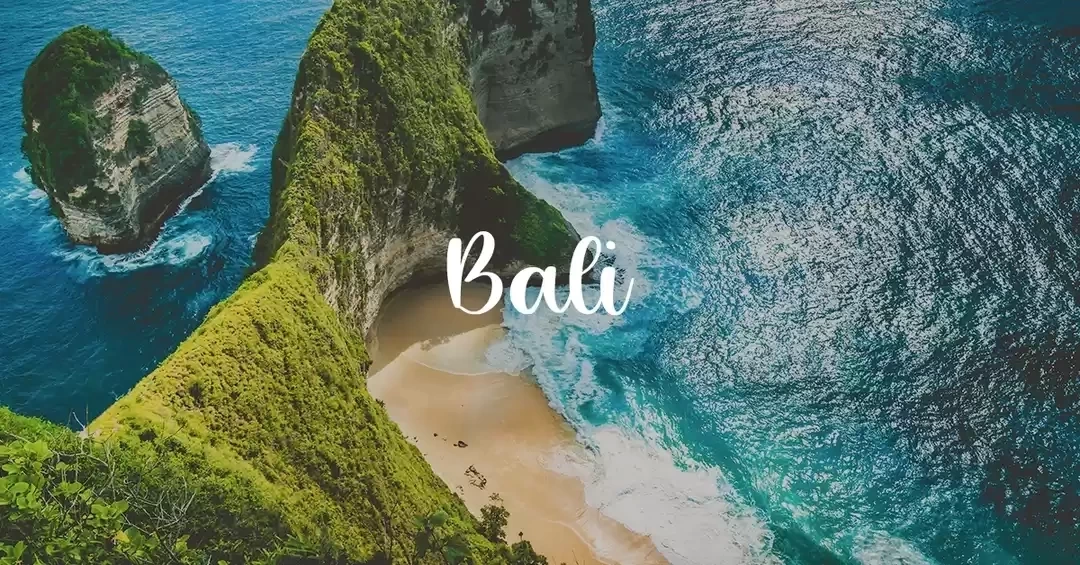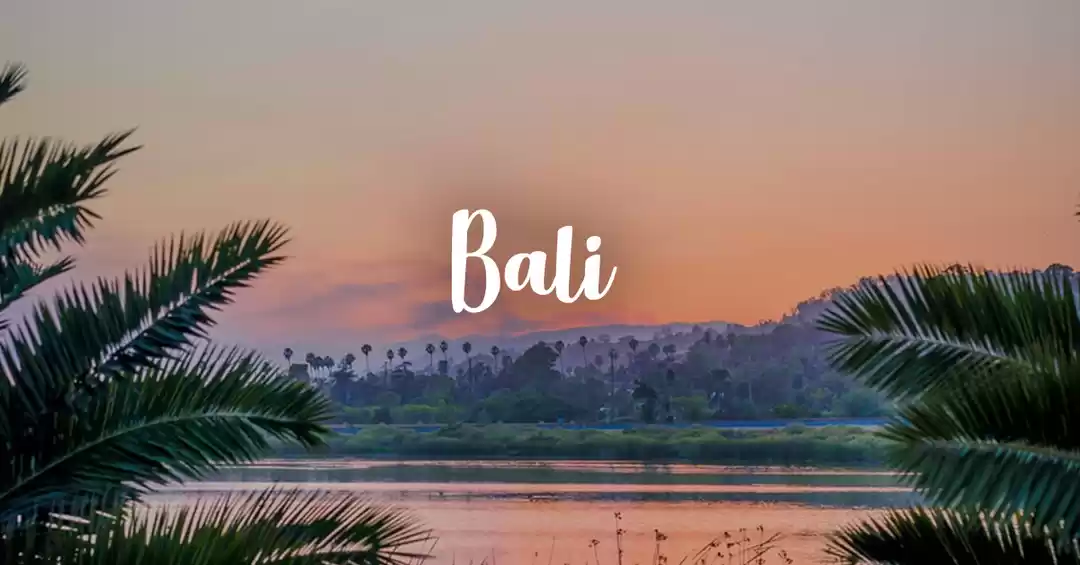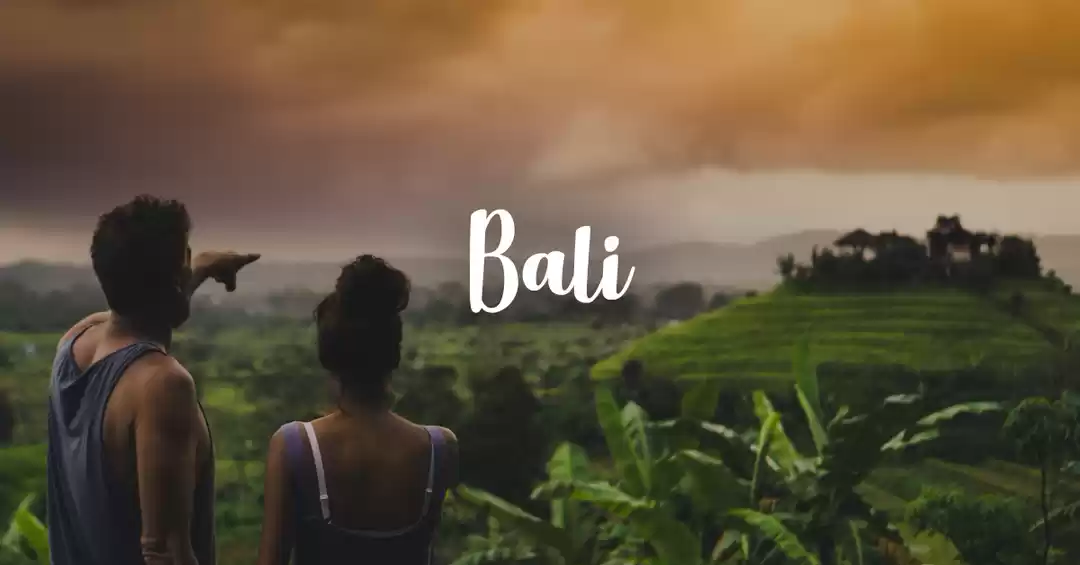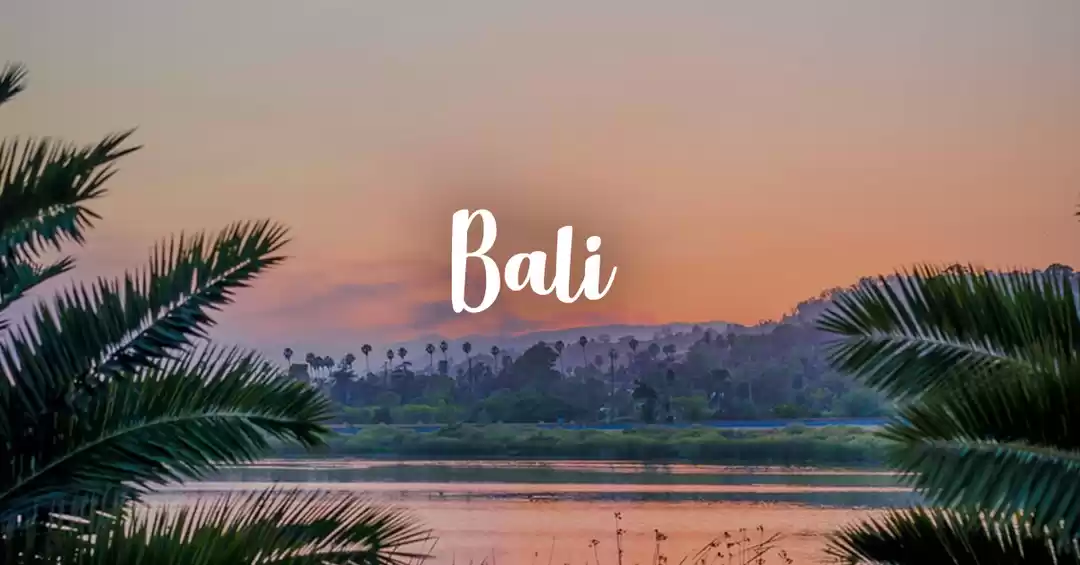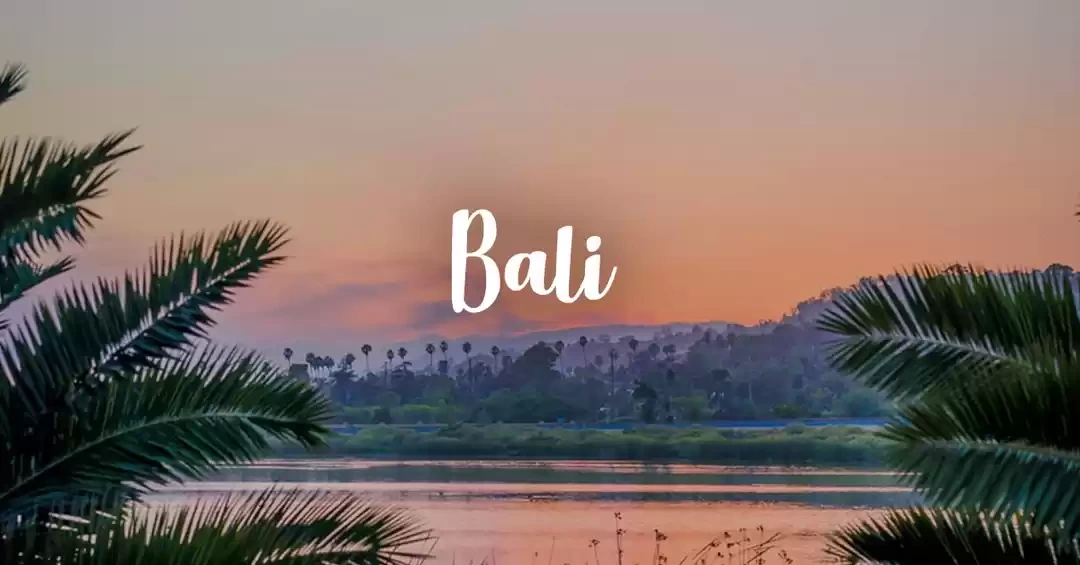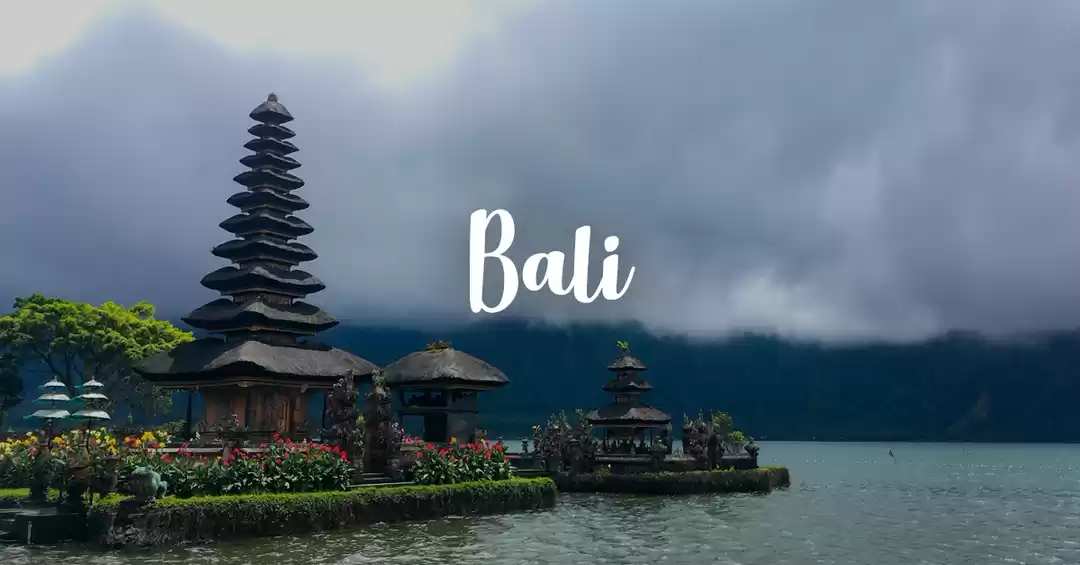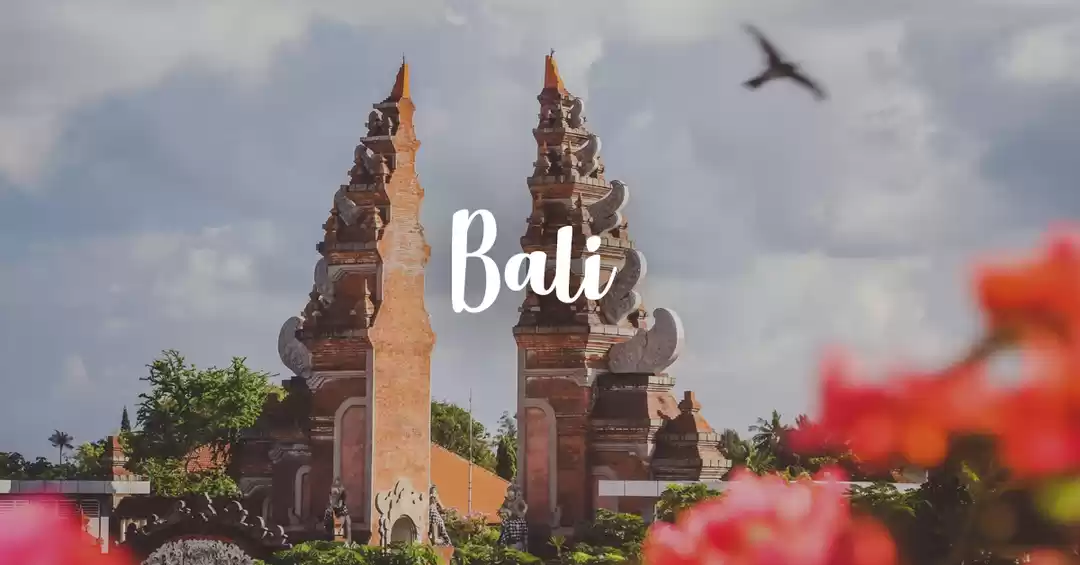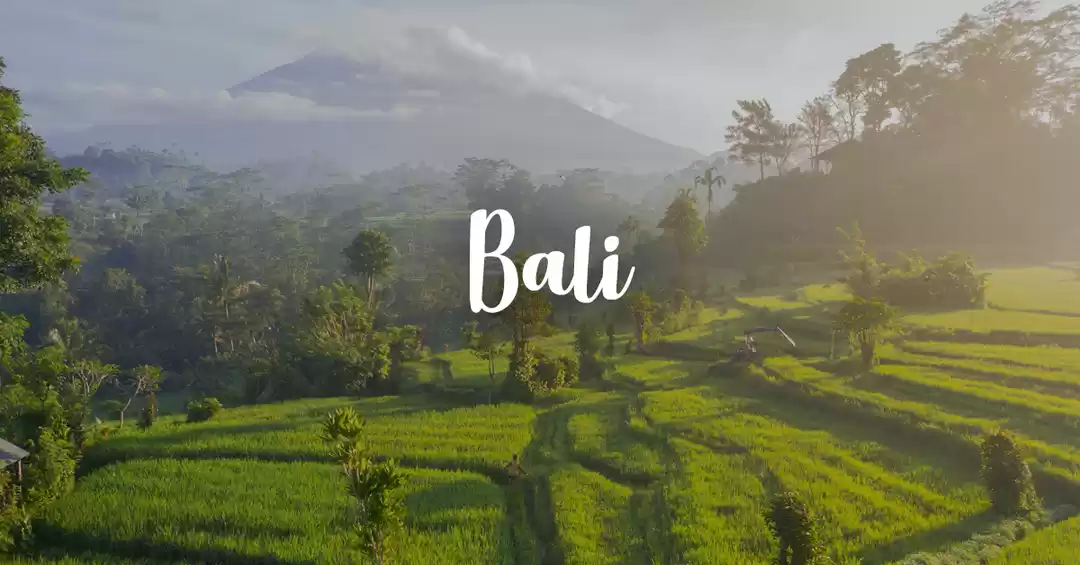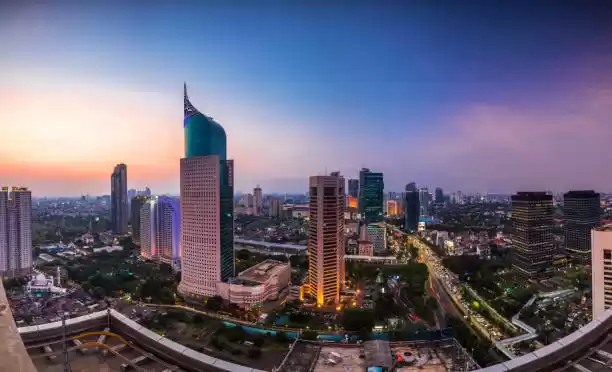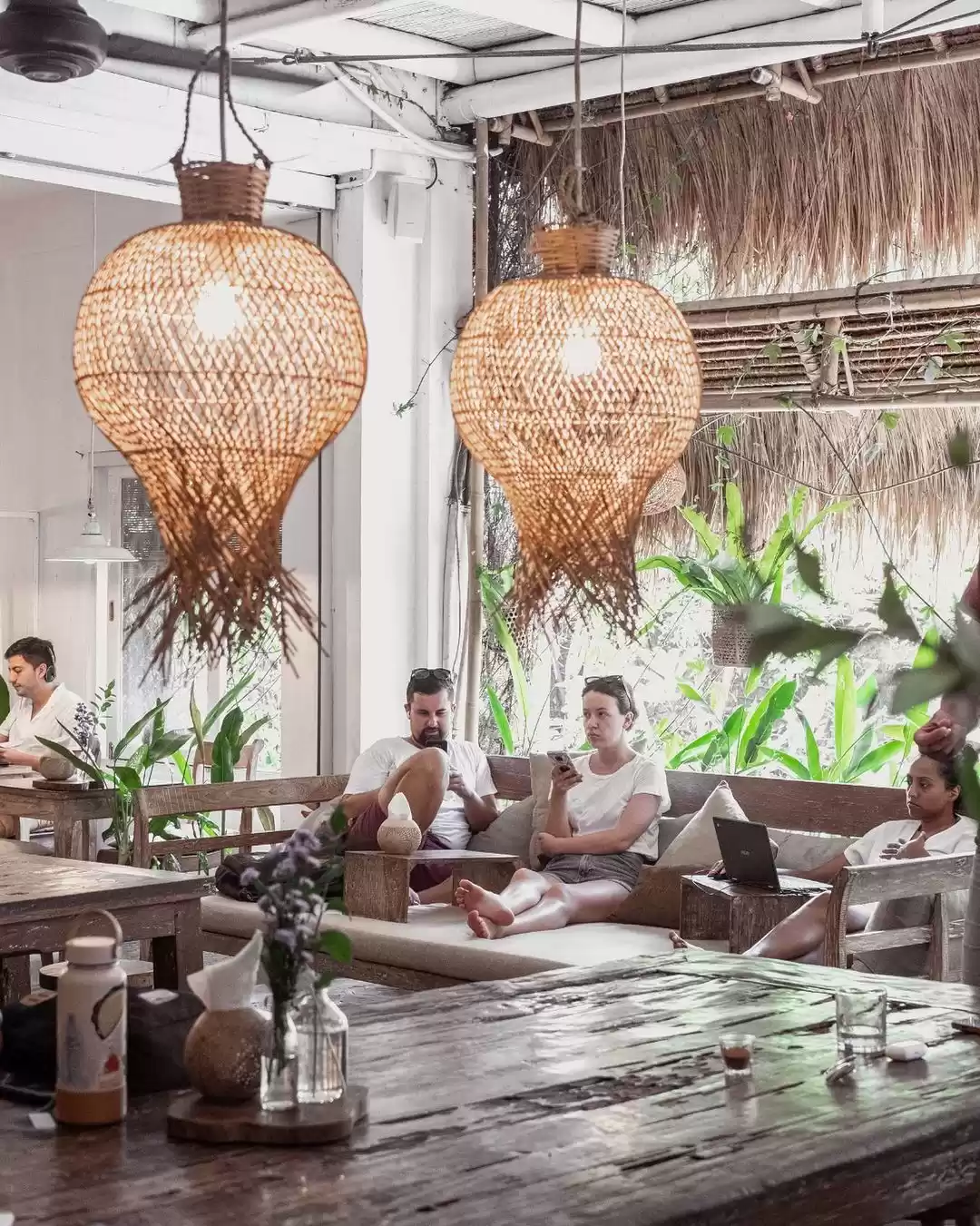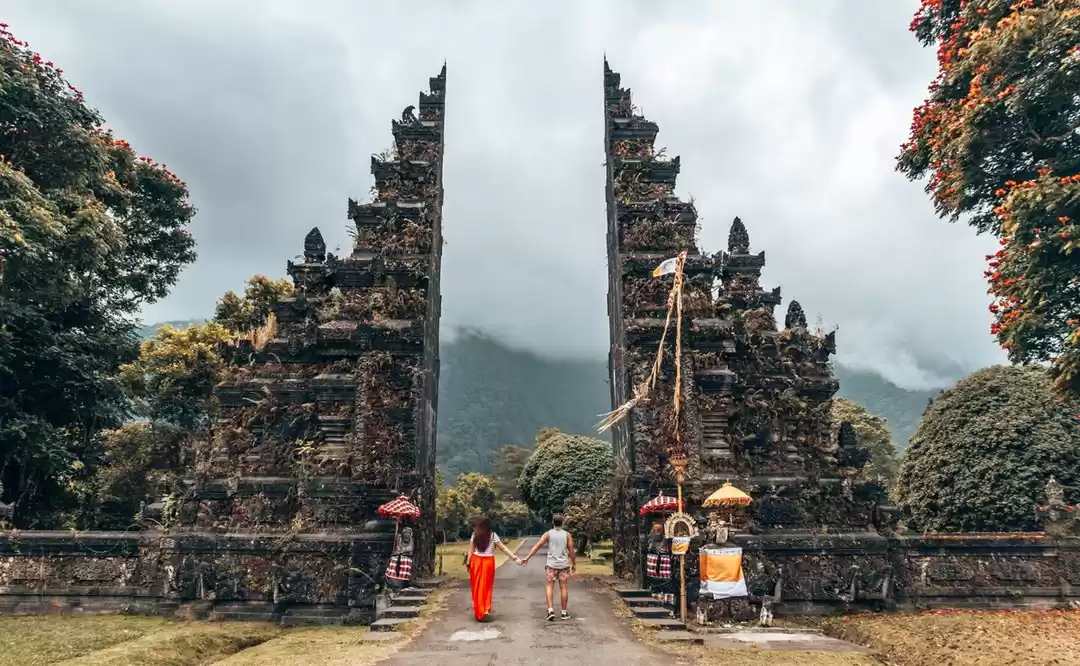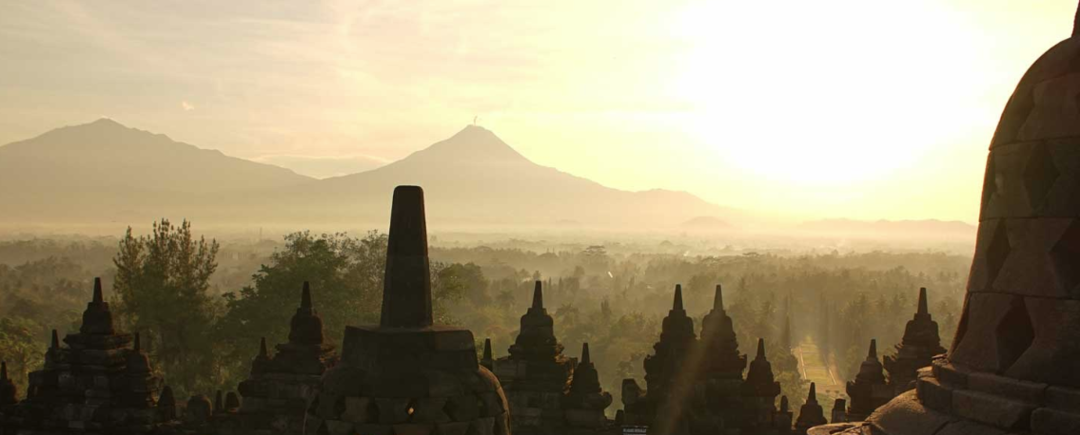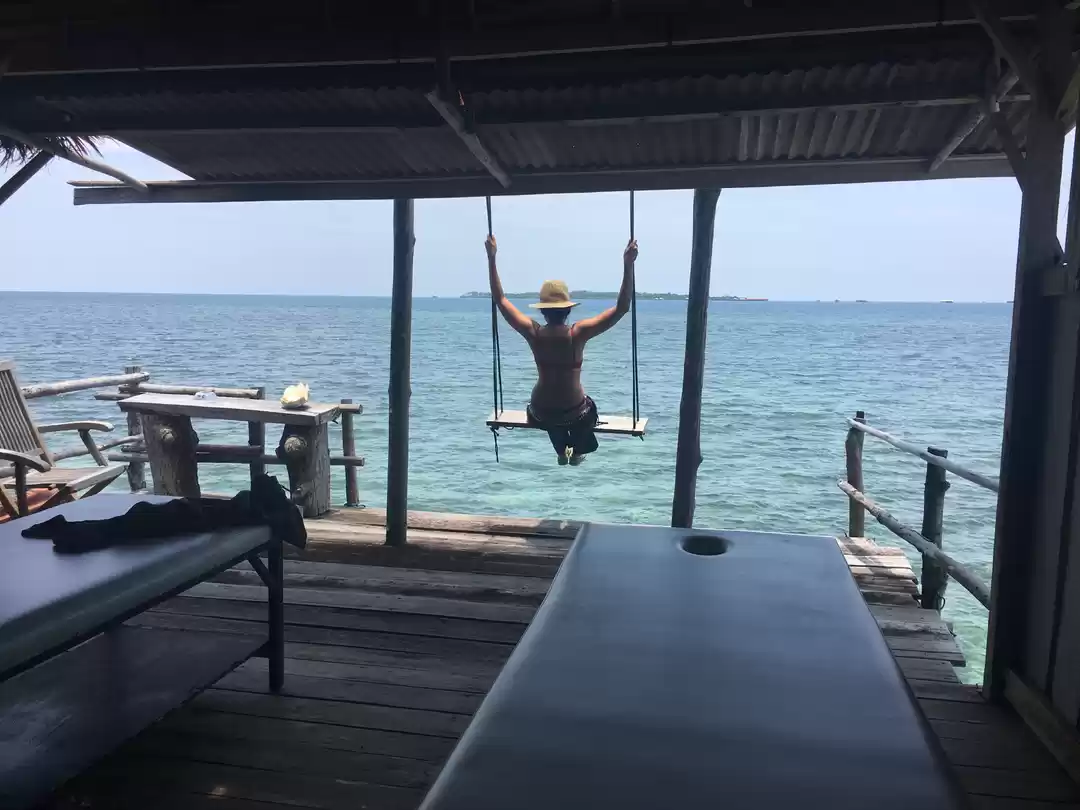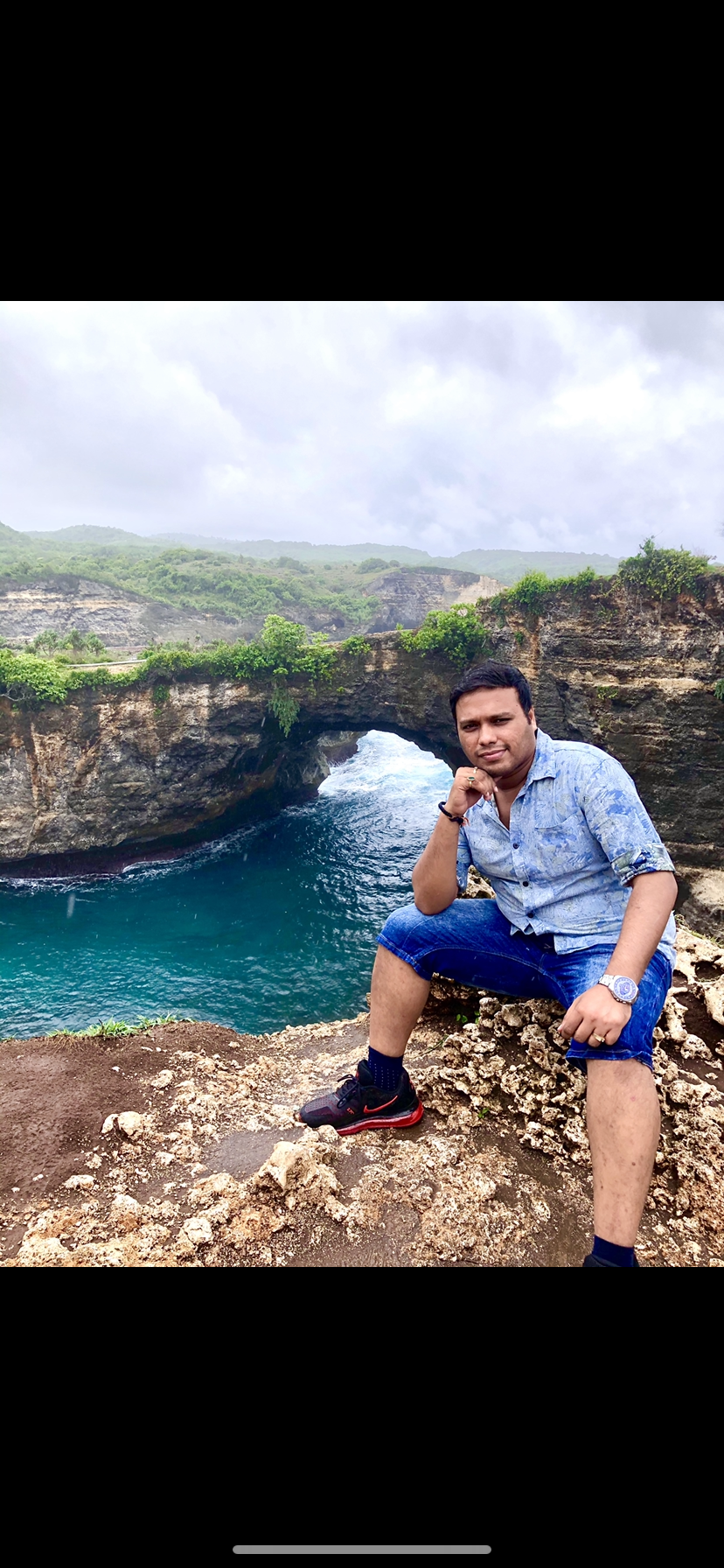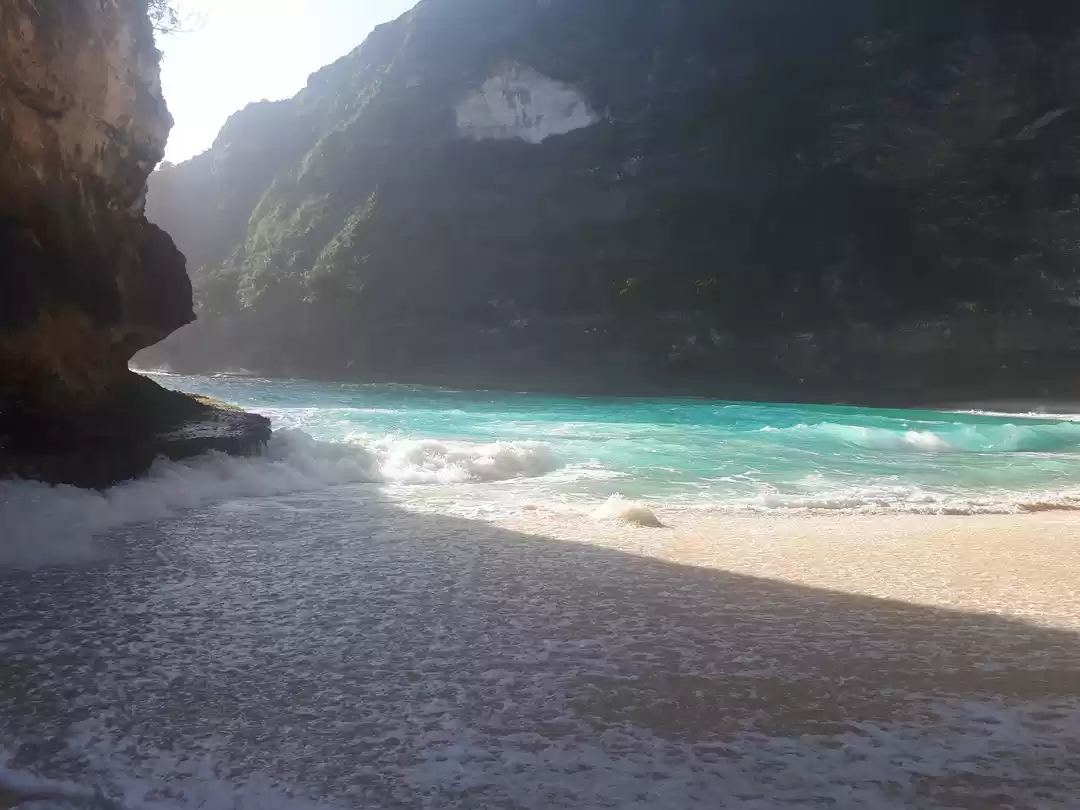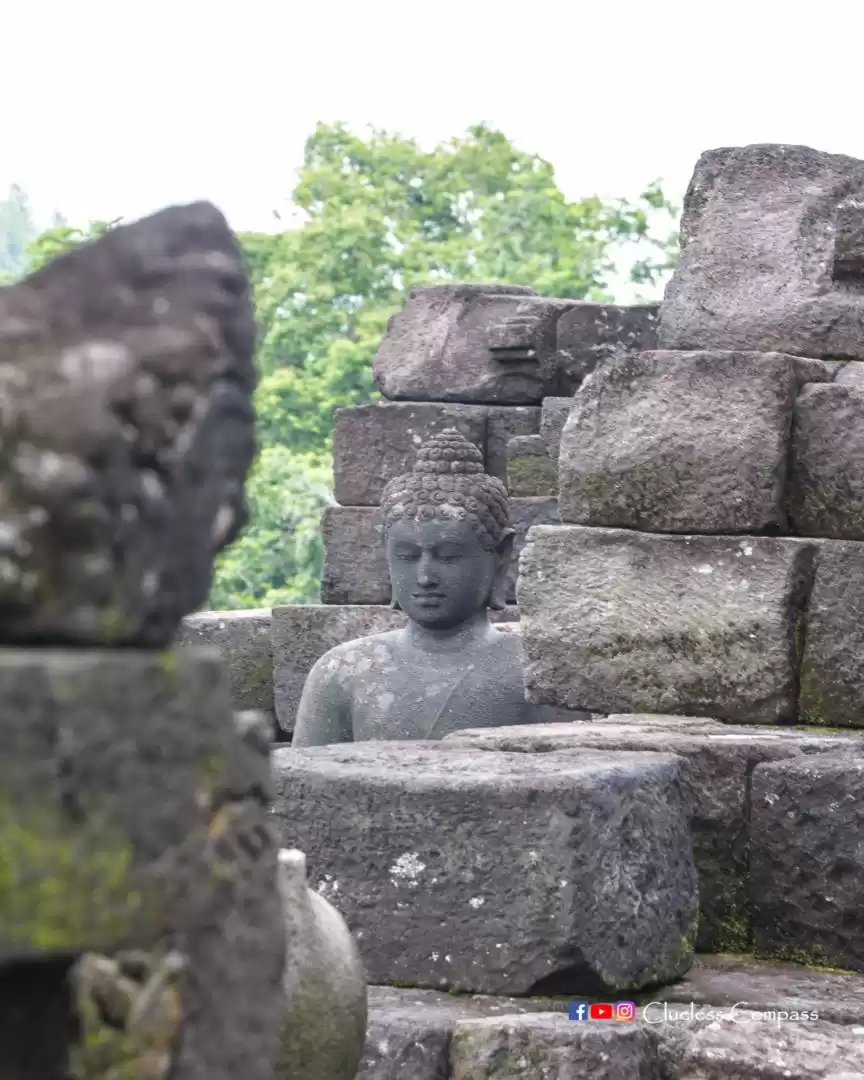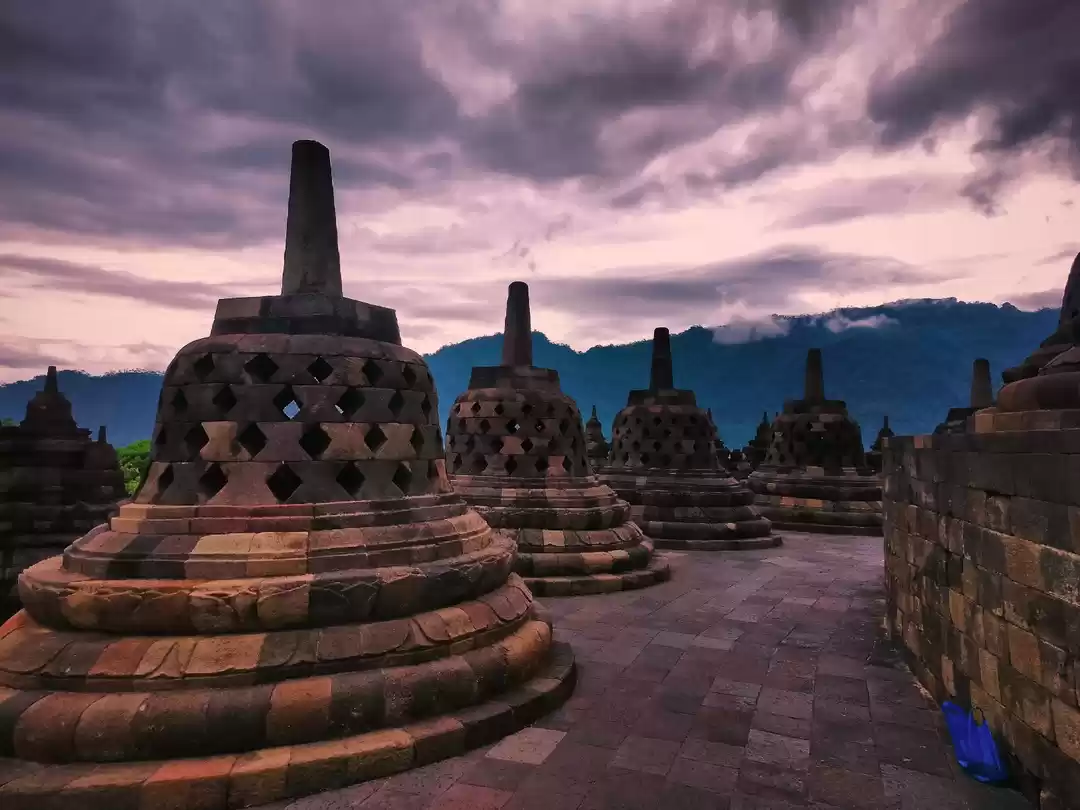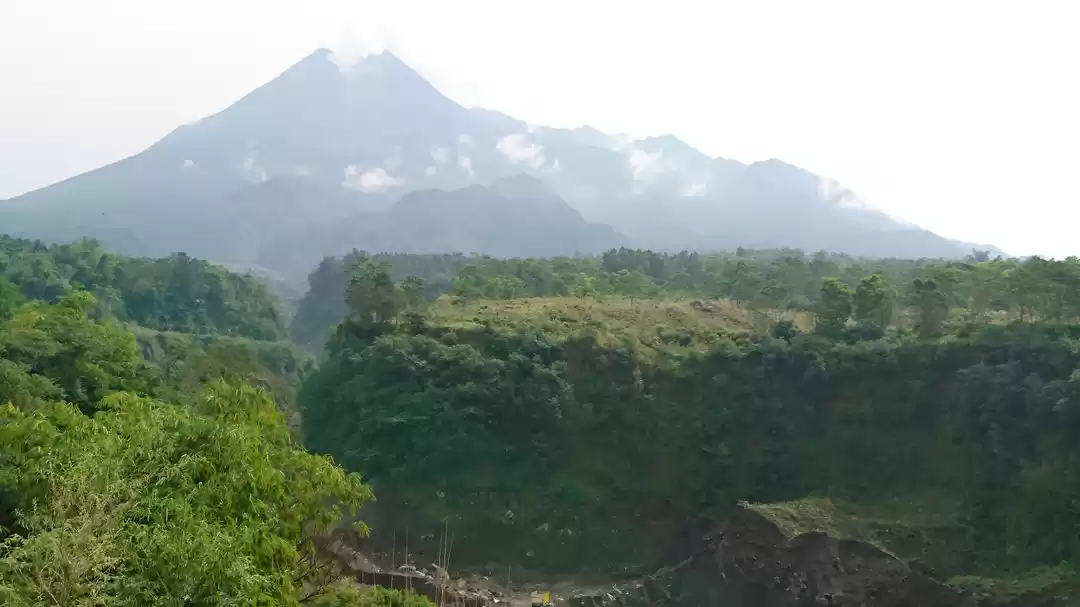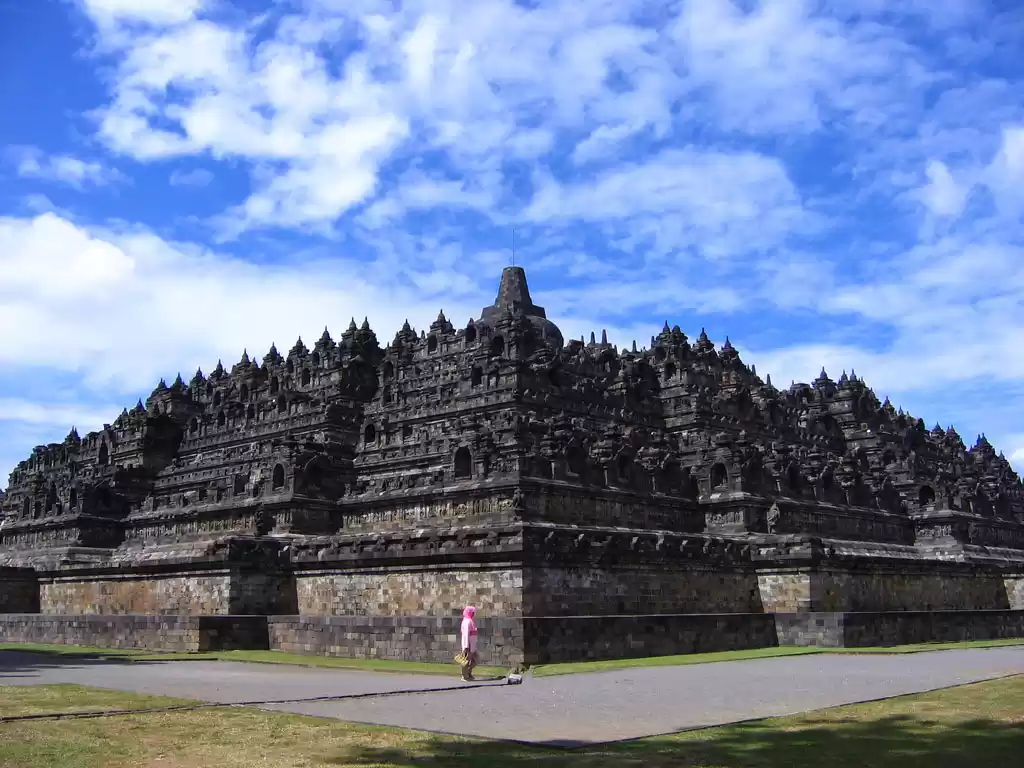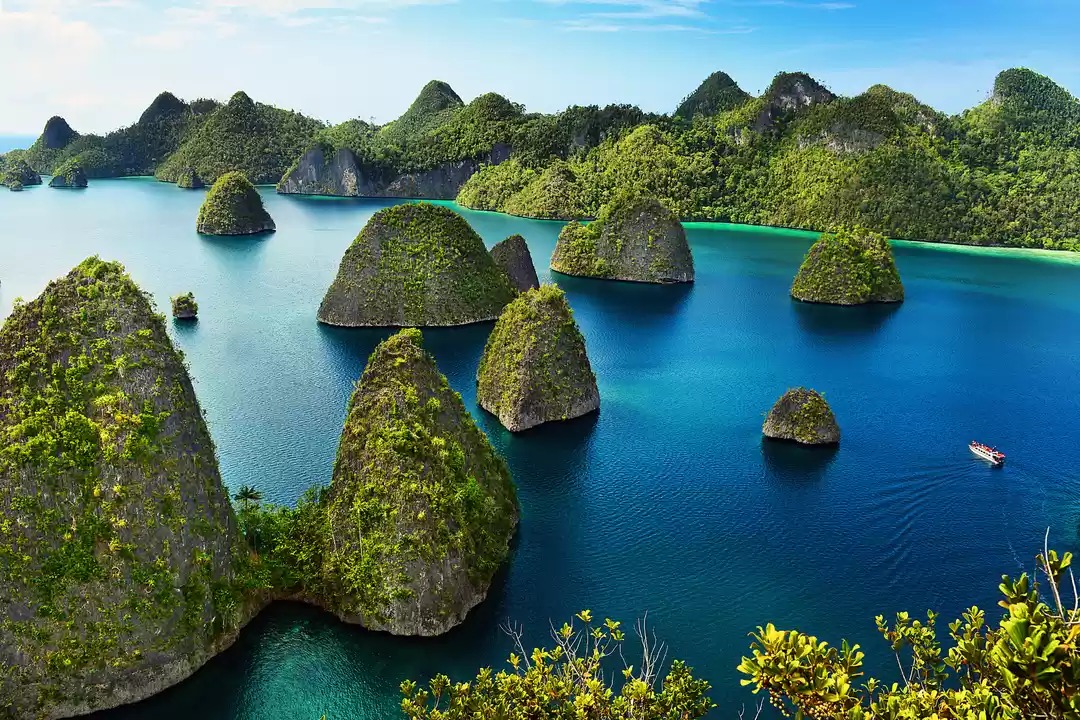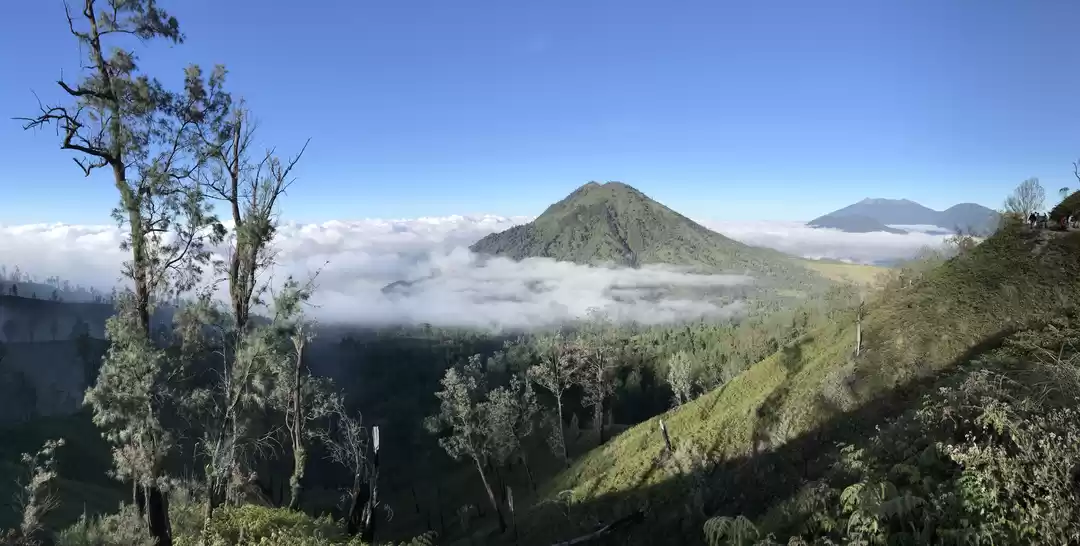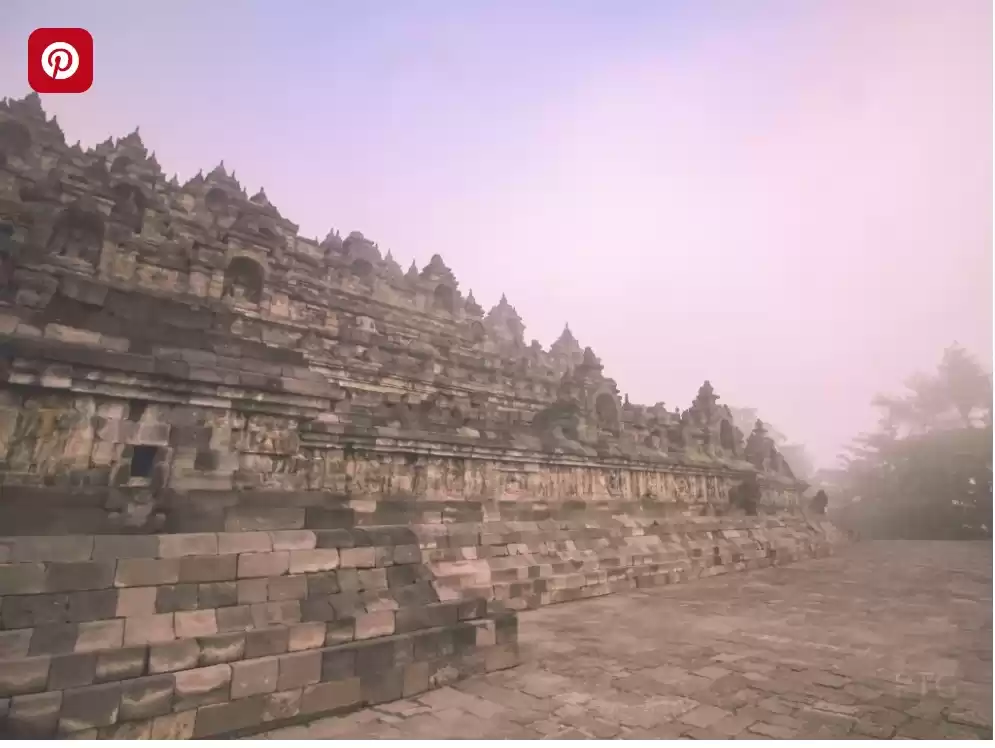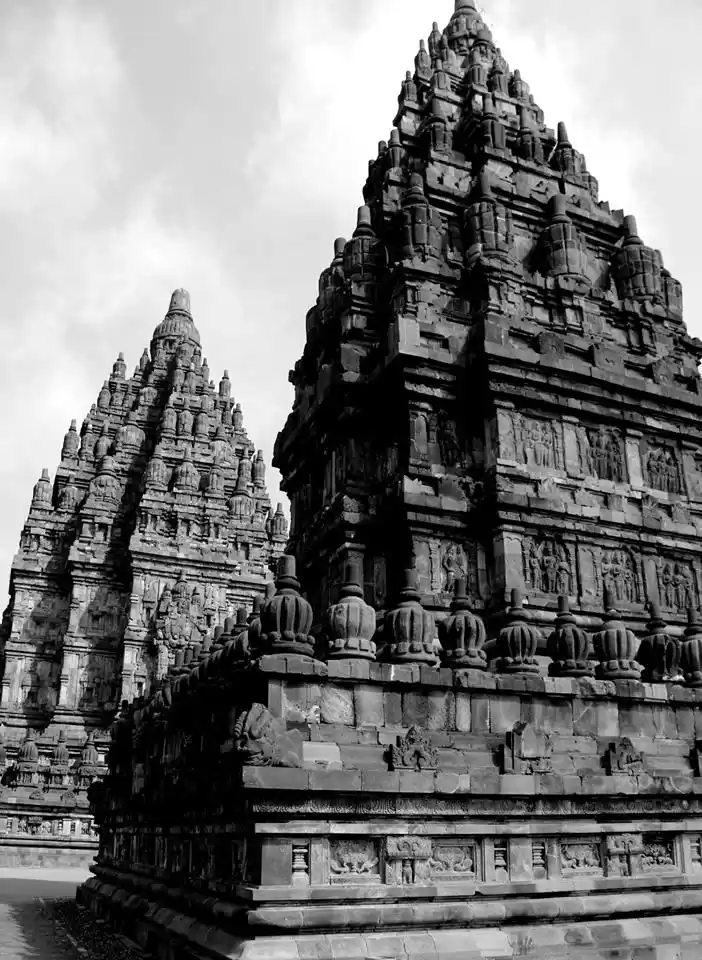
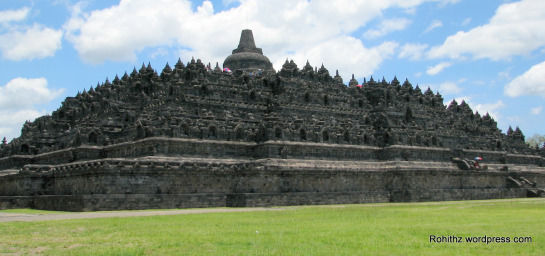








It’s been a month since we came back from Indonesia, I was struggling hard to write about this man-made beauty which left me spellbound!! Now, it’s time for me to introduce all my friends to one of the elegant man-made jewels of Indonesia.
Before going to the Borobudur, I’ve read few interesting things over the internet and got to know that it is the world’s biggest Buddhist monument and also one of the greatest monuments on the globe which is widely considered to be the Eighth wonder of the world. This is located in an elevated area between two twin volcanoes, Sundoro-Sumbing and Merbabu-Merapi, and two rivers, the Progo and the Elo” on Magelang, Central Java, Indonesia.
My main motto of travelling to Jogjakarta was to visit Prambanan temple but after planning a trip, I’ve gathered some information from the internet on this city. Then I got to know that Borobudur is more famous and is unique of its kind present in Javan islands. My excitement cannot be doubled for this because of Prambanan temple for which my excitement has already reached a maximum.
As I’ve been to many man-made wonders during my previous explorations, But this one is very unique. Unique because the photographs which I’ve seen on the internet were just extraordinary especially those taken at sunrise were jaw dropping. If you don’t believe me, you can google it by yourself. But due to our hectic schedule we didn’t included a sunrise tour but still it was an awesome experience for being there for sunset. Let me take you all through the day which has embarked the best of the mesmerizing experiences in our tour and in fact our visual expectations.
On 27th June, after visiting Prambanan, Plaosan, Candi pawon, Tamansari and sultan palace we arrived Borobudur for Sunset, I’ve observed that there were 2 entrances one is for international tourists and one is for national tourists. Ticket price of both these entrances are not the same. The one which allows international tourists is more expensive when compared to the locals entrance. We got water bottles, sarongs and a local guide along with the admission tickets. It’s a 10min walk from the entrance to the site. Once we neared to the site it reminded me a dramatic experience of the cloth slowly unveiling the stage before the start of a wonderful performance. As I was approaching near to this monument I was amazed by its enormous size and the grandeur after reaching the place.
Monument depiction:
This temple sits majestically on the top of a hill overlooking the lush green fields and distant hills. Covering an enormous area. This monument is an architectural wonder, decorated with 2,672 relief panels and 504 Buddha statues. The architecture and stonework of this temple cannot be compared with any other. And it was built without using any kind of cement or mortar!
The whole structure is in the form of a lotus flower floating on the lake. Besides being the highest symbol of Buddhism, the Borobodur stupa is also a replica of theuniverse.In total, it represents the ten levels of a Bodhisattva’s life which he or she must develop to become a Buddha or an awakened one. These ten levels of the temple symbolize the three divisions of the cosmic system. As visitors begin their journey at the base of the temple, they make their way to the top of the monument through the three levels , Kamadhatu (the world of desire),This is the the lowest level which represents man’s world of desire is influenced by negative impulses.Thislevel has 160 reliefs depicting cause and effect:
Rupadhatu (the world of forms) the middle level, the world in which man has control of his negative impulses and uses his positive impulses. This level has various stories of the Buddha’s life..and Arupadhatu (the world of formlessness) the highest level, in which the world of man is no longer bounded by physical and worldly desires. This level has no reliefs or decorations whatsoever but has a balcony, square in shape with round walls: a circle without beginning or end. Here is the place of the seventy-two Vajrasattvas or Dhyani Buddhas tucked into small stupas.
Each of these statues has a mudra (hand gesture) indicating one of the five directions: east, with the mudra of calling the earth to witness; south, with the hand position of blessing; west, with the gesture of meditation; north, the mudra of fearlessness; and the centre with the gesture of teaching. It is a devotional practice to circumambulate around the galleries and terraces always turning to the left and keeping the edifice to the right while either chanting or meditating.
The temple has remained strong even through ten centuries of neglect. It was rediscovered in 1815, buried under volcanic ash. In the 1970’s the Indonesian Government and UNESCO worked together to restore Borobudur to its former majesty The restoration took eight years to complete and today Borobudur is one of Indonesia and the world’s most valuable treasures.
What it is left to me…???
As I stood there admiring the beauty of the marvel and Listening to the tales of Buddha (from our guide) I never realized the time that passed by… The mighty mountains and the greenery in the surroundings made all of us to forget about the scorching heat.
A random thought came to my mind that no matter what it is, if humans keep their mind and focus on one thing they can do wonders. Look at this amazing site which is built by the ashes of Volcanoes. Have you ever imagined that ashes of Volcanoes can become the bricks of any construction? I myself never imagined that and frankly speaking I din’t even believed it until I smelled it. Lava has high sulphur content making it more pungent smelling. Then I asked my driver to take us to any nearby village where we can see Borobudur from a distance. It was already dark but we got to see the view which was quite good too. After a visit here you will understand why it is Indonesia’s most visited tourist attraction and a famous icon of Indonesia’s cultural heritage.
One last note which I wanted to re-iterate that I would echo with the saying of this place as “The grandeur and complexity of the temples has to be seen to be believed, and photography struggles to convey the depth”
This travelogue was first published by My Life .

